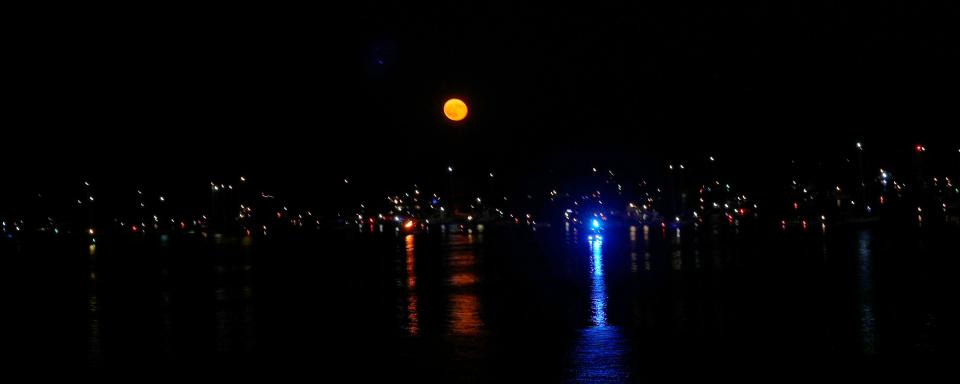The brightest supermoon of 2023 will be visible in Wisconsin on Aug. 30
The third, and brightest, supermoon of the year will rise over Wisconsin on Wednesday night, Aug. 30.
There have two supermoons so far in 2023, and the third should offer one of the best views as it will appear larger and brighter than a normal full moon.
Here's what you need to know about the Aug. 30 supermoon.
What is a supermoon?
“A supermoon occurs when the Moon’s orbit is closest (perigee) to Earth at the same time the Moon is full,” according to NASA The result is some of the best moon viewing.
This specific supermoon will be the brightest of the year due to how close it is to earth.
How often do supermoons occur?
There are usually three or four supermoons each year, NASA says. They always appear consecutively as well, which is why we've seen supermoons in July, earlier in August, and will see one again in September.
The moon orbits the Earth in an ovular shape called an ellipse, meaning sometimes the moon is closer, and sometimes the moon is farther away from Earth. The farthest point on the ellipse, called the apogee, is about 253,000 miles from Earth on average. Meanwhile, the closest point on the ellipse, the perigee, is an average distance of about 226,000 miles from Earth.
A perigean full moon appears slightly larger and brighter than a typical or apogean full moon. According to NASA, the closest perigean full moon appears about 17% bigger and 30% brighter than the farthest apogean moon.

What is a blue moon?
You know the phrase, "Once in a blue moon." Well, it comes from this lunar event. A blue moon occurs when there are two full moons in the same calendar month, according to NASA. While full moons occur about every 29.5 days, it is rare to have a full moon occur twice in a month.
It's been two years since the last blue moon is August 2021. The next one won't happen until May 2026.
Will the moon be blue?
No. This is just a term given to the occurrence of two moons in a single month.
When is the best time to view the moon?
The best time to view a supermoon, or any full moon, is at moonrise or at moonset, when the moon is closest to the horizon. It is also helpful to view from a location with minimal light pollution.
Moonrise on Wednesday night is predicted to be around 7:45 p.m. on Wednesday evening. Moonset on Thursday morning is predicted to be 6:42 a.m.
Will there be another supermoon in 2023?
Yes! According to space.com, there will be one more super moon on Sept. 28. That will be a Full Corn Moon.
Drew Dawson can be reached at ddawson@jrn.com or 262-289-1324.
This article originally appeared on Milwaukee Journal Sentinel: Blue moon supermoon to be visible in Wisconsin, what to know

